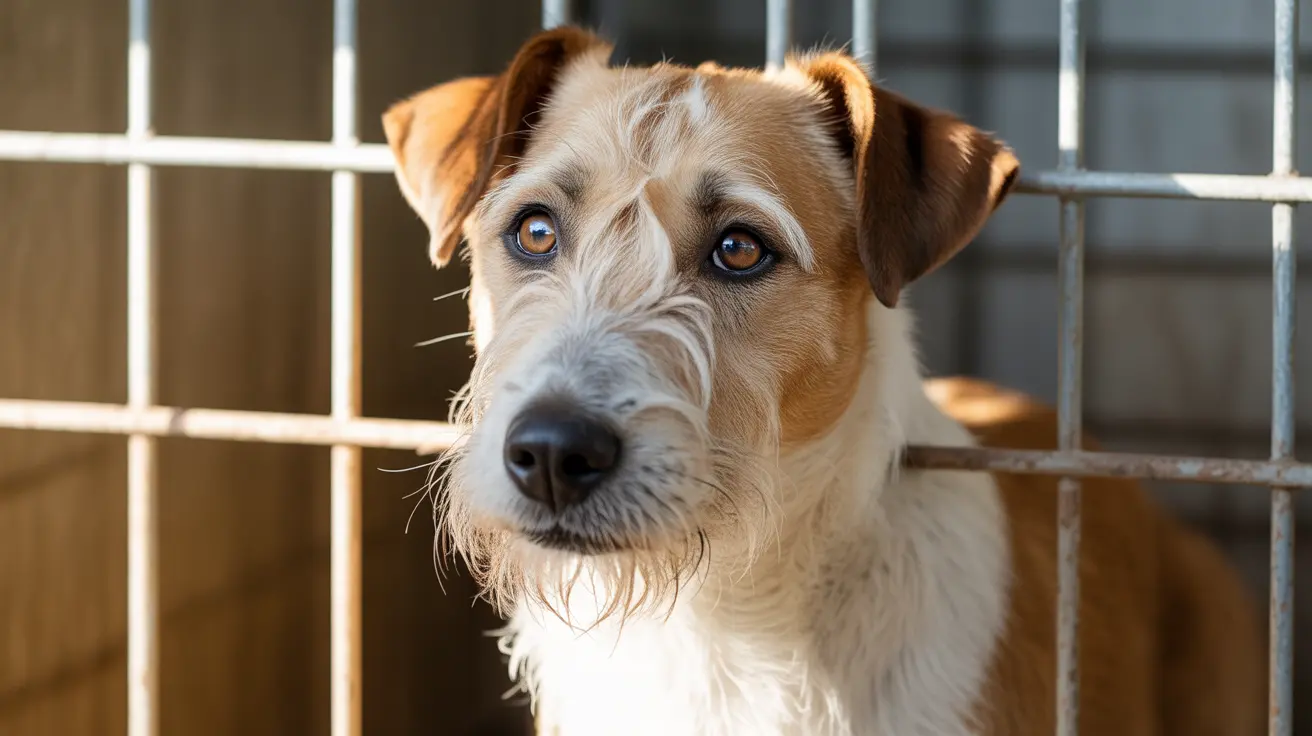American Hairless Terrier Price: What to Expect When Buying
The American Hairless Terrier is an active, intelligent, and affectionate breed prized for its unique coat—or rather, lack thereof—and suitability for allergy-prone households. This breed is a natural variation of the Rat Terrier and originated in the United States. With their engaging personality and hypoallergenic potential, they make excellent companions, but potential owners often ask: how much does an American Hairless Terrier cost? Here’s a thorough look at the factors influencing their price and what you can expect as a new owner.
Average Price Range
The typical price for an American Hairless Terrier puppy from a reputable breeder ranges from $2,000 to $3,000. This range reflects the cost of responsible breeding practices, including genetic health testing, veterinary care, and early socialization.
Factors Influencing Price
- Health Testing: Responsible breeders test for conditions such as patellar luxation, primary lens luxation, and congenital deafness using methods like OFA certification and full genetic panels.
- Lineage and Show Potential: Puppies from champion bloodlines or breeders recognized as AKC Breeders of Merit may command higher prices due to pedigree and conformation standards.
- Breed Rarity: As a relatively rare breed with a unique recessive gene for hairlessness, the American Hairless Terrier is more costly than more common breeds.
- Coat Type: Puppies come in hairless and coated varieties. While coated puppies may not meet hairless showing standards, they still carry the necessary gene and may influence pricing subtleties.
- Location: Breeding programs based in states like California, Texas, Florida, and Illinois may vary pricing based on local demand and cost of living.
What’s Included in the Price?
Reputable breeders don’t just sell a puppy—they offer a complete companion package. This often includes:
- Health certificate
- Microchipping
- Initial vaccinations
- Starter kits (food, toys, or care instructions)
- Contracts or health guarantees
- Lifetime breeder support
Why the Cost is Justified
Breeding American Hairless Terriers ethically involves considerable investment in health, early puppy care, facilities, and education. Many breeders raise litters inside their homes, ensuring early handling, proper socialization, and optimal developmental conditions for puppies. The breed’s genetic uniqueness also requires careful match planning to avoid health issues and support sustainability.
Alternatives to Buying
If the price of a puppy is cost-prohibitive, you might explore adoption. While rare, some American Hairless Terriers may end up in rescue or breed-specific rehoming situations. Organizations like the American Hairless Terrier Club of America might offer resources for finding such dogs.
Tips for Buyers
- Research the breeder’s credentials and reviews.
- Ask about specific health tests performed on the puppy’s parents.
- Request a contract detailing terms, health guarantees, and return policies.
- Visit the breeder or conduct a video tour to assess living conditions.
- Avoid puppy mills or breeders without transparent practices.
Long-Term Costs After Purchase
The initial purchase price is just the beginning. Plan for ongoing expenses, which include:
- Veterinary care (vaccinations, spaying/neutering, annual exams)
- Quality dog food
- Training classes or agility participation
- Sun protection for their sensitive skin
- Clothing or gear for colder temperatures and sun exposure
Breed Overview
- Size: 12–16 inches tall, 12–28 pounds
- Lifespan: 14–16 years
- Temperament: Energetic, curious, friendly, intelligent
- Grooming: Low-maintenance but requires skin care
- Exercise Needs: High—engagement in sports like agility, scent work, and obedience is beneficial
Conclusion
The cost of an American Hairless Terrier reflects the care, testing, and dedication involved in raising a healthy and well-adjusted dog. With their playful disposition, allergy-friendly traits, and trainability, they are a valuable investment for the right family. Prospective owners should budget for the initial cost and commit to long-term care to ensure the lifelong well-being of their pet.





